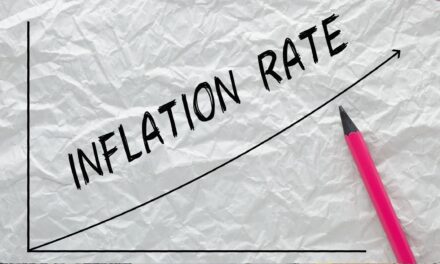The risk-off mood maintains the upper hand, keeping risk assets under pressure, and in turn, UST yields closer to their recent lows. A well-flagged taper does little to lift yields. In EUR rates the summer closed season slowly draws to an end, which could add to widening pressure on spreads
The list of market concerns grows
It began earlier yesterday with Toyota announcing a temporary slash to production on the back of chip shortages. Overnight risk assets in Asia continued to trade under pressure as the spreading delta strain saw lock-downs extended in Australia and New Zealand. But also greater regulatory scrutiny in China is adding to the long list of trading stock market concerns.
At the margin, the Federal Reserve minutes have supported the notion that the taper could be announced this year, but the market is already leaning in that direction after the more hawkish comments from officials of late. In that sense, the upcoming taper is already in part discounted, even if the focus is clearly on Fed Chair Powell at next week’s Jackson Hole symposium. The progressing taper discussions as flagged in the latest minutes alone were not enough to overcome the downward pressure on yields exerted by the souring risk mood surrounding the resurgent pandemic.
But only upcoming data will allow us to judge the economic fall-out from the latest pandemic episode and whether, for instance, the drop in Michigan consumer confidence was a one-off or a harbinger of worse to come. Next week will hold further important data points to scrutinise, such as regional business surveys as well as Markit PMIs, durable goods orders, and personal sending/income data. Regarding the development of the pandemic, domestically there are some first indications that case counts are starting to levels off or even slow in areas that were hardest hit earlier in summer.
For now, the mood swings mainly play out in a bull flattening/bear steeping of the treasury curve. This dynamic has not been changed after many at the Fed – according to the minutes – deemed it important to flag the absence of a mechanical link between the timing of the taper and the eventual rate lift-off. The 10-year UST is still closer to its lows and the same goes for the 5s30s curve. That contrasts with the Fed funds curve which has largely been holding on to the hike discount for coming years that was added after the June FOMC meeting. Similarly, the 5-year is still trading on cheaper levels on the fly versus the 2y and 10y.
EUR rates’ summer break draws to a close
In Europe, too, monetary policy is slowly shifting back into focus with next week seeing the publication of the ECB meeting accounts. Later in September the ECB will then have to decide on the pace of its asset purchases for the fourth quarter.
The summer break drawing to an end also means that supply activities are bound to pick up again. Next week is still rather quiet with just Germany and Italy active, but September traditionally sees stronger issuance. In Germany for instance we are looking forward to a new 10-year green Bund and a new 30-year Bund to be sold via syndication. This has not registered in the curve or yield levels of Bunds which are little changed close to -0.5% in 10-year.
The looming pick-up in supply may have added to the latest widening in Eurozone periphery bond spreads. It was still only moderate and contained within recent ranges. Spreads have enjoyed a decent run over the summer as supply was reduced and ECB purchases remained relatively high against that backdrop despite the ECB’s usual summer QE slowdown. But those of course are technical factors. Here the underlying theme is also that of risk sentiment souring.
With many countries dealing with a resurgence in Covid thanks to the delta variant, uncertainty remains.
SOURCES: ING





